
Diadophis punctatus: Information
- Subject:
- Life Science
- Zoology
- Material Type:
- Reading
- Provider:
- University of Michigan Museum of Zoology
- Provider Set:
- Animal Diversity Web
- Author:
- James Yung (author), Michigan State University
- Date Added:
- 03/07/2005

Diadophis punctatus: Information
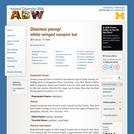
Diaemus youngi: Information
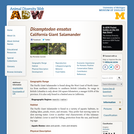
Dicamptodon ensatus: Information
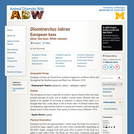
Dicentrarchus labrax: Information
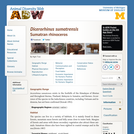
Dicerorhinus sumatrensis: Information
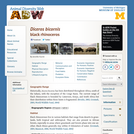
Diceros bicornis: Information
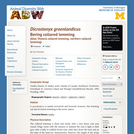
Dicrostonyx groenlandicus: Information

Didelphidae: Information
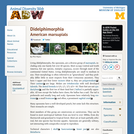
Didelphimorphia: Information
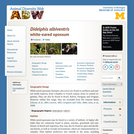
Didelphis albiventris: Information
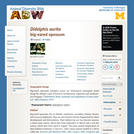
Didelphis aurita: Information
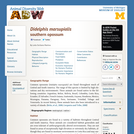
Didelphis marsupialis: Information
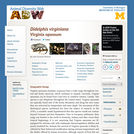
Didelphis virginiana: Information
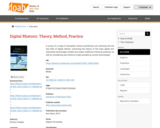
A survey of a range of disciplines whose practitioners are venturing into the new field of digital rhetoric, examining the history of the ways digital and networked technologies inhabit and shape traditional rhetorical practices as well as considering new rhetorics made possible by current technologies
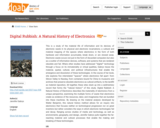
This is a study of the material life of information and its devices; of electronic waste in its physical and electronic incarnations; a cultural and material mapping of the spaces where electronics in the form of both hardware and information accumulate, break down, or are stowed away. Electronic waste occurs not just in the form of discarded computers but also as a scatter of information devices, software, and systems that are rendered obsolete and fail. Where other studies have addressed ""digital"" technology through a focus on its immateriality or virtual qualities, Gabrys traces the material, spatial, cultural, and political infrastructures that enable the emergence and dissolution of these technologies. In the course of her book, she explores five interrelated ""spaces"" where electronics fall apart: from Silicon Valley to Nasdaq, from containers bound for China to museums and archives that preserve obsolete electronics as cultural artifacts, to the landfill as material repository. All together, these sites stack up into a sedimentary record that forms the ""natural history"" of this study. Digital Rubbish: A Natural History of Electronics describes the materiality of electronics from a unique perspective, examining the multiple forms of waste that electronics create as evidence of the resources, labor, and imaginaries that are bundled into these machines. By drawing on the material analysis developed by Walter Benjamin, this natural history method allows for an inquiry into electronics that focuses neither on technological progression nor on great inventors but rather considers the ways in which electronic technologies fail and decay. Ranging across studies of media and technology, as well as environments, geography, and design, Jennifer Gabrys pulls together the far-reaching material and cultural processes that enable the making and breaking of these technologies.
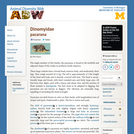
Dinomyidae: Information

Dinomys branickii: Information

Diodon holocanthus: Information
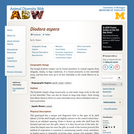
Diodora aspera: Information
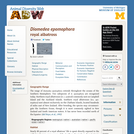
Diomedea epomophora: Information